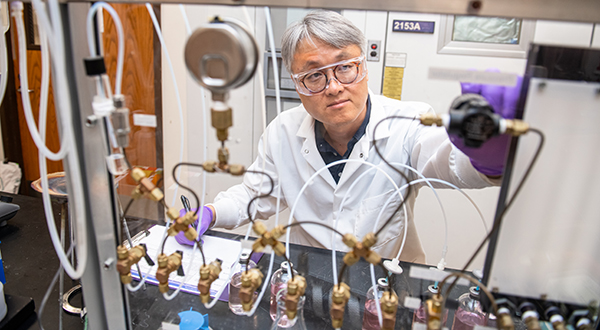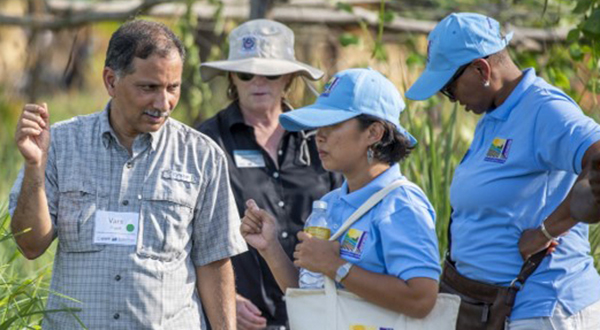Kansas has potential to be more than green. It could be greenhouse gas negative, report says
Chuck Rice, university distinguished professor of agronomy, is one of three lead authors in U.S. Farmers and Ranchers in Action study.
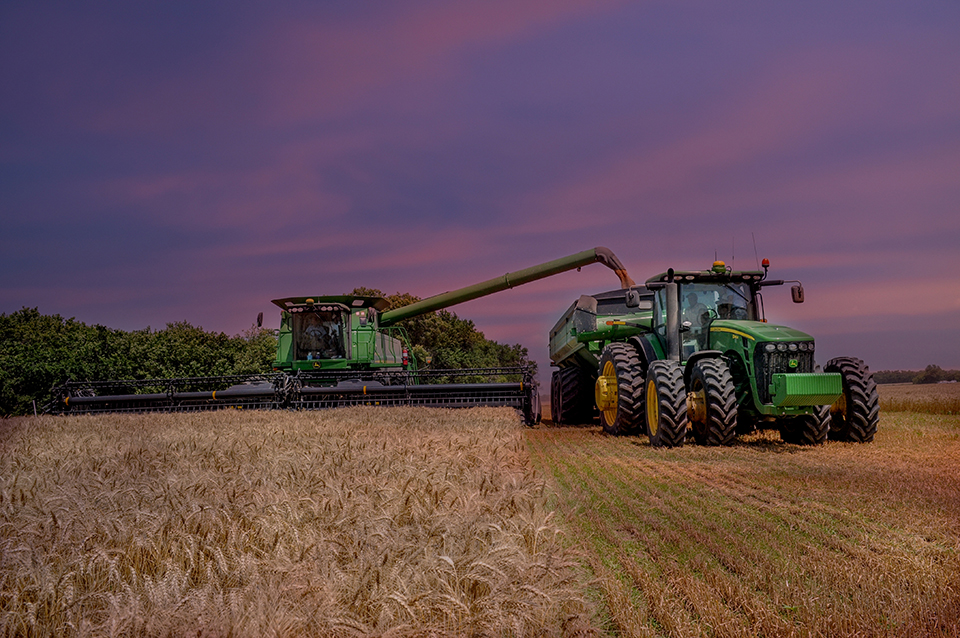 A recently published national report with a K-State professor as a lead author outlines opportunities for greenhouse gas negative agriculture. | Download this photo.
A recently published national report with a K-State professor as a lead author outlines opportunities for greenhouse gas negative agriculture. | Download this photo.
 By Pat Melgares
By Pat Melgares
K-State Research and Extension
Wednesday, Nov. 20, 2024
MANHATTAN — A Kansas State University professor who is a lead author of a just-released national report on agriculture's ability to become greenhouse gas negative says that Kansas producers are "in a great position" to help U.S. agriculture meet that goal.
Chuck Rice, university distinguished professor of agronomy and a co-winner of the 2007 Nobel Peace Prize for his work with the United Nations' Intergovernmental Panel on Climate Change, said the report published Nov. 12 by the Council for Agricultural Science and Technology calls for enhanced implementation of conservation practices and emerging technologies.
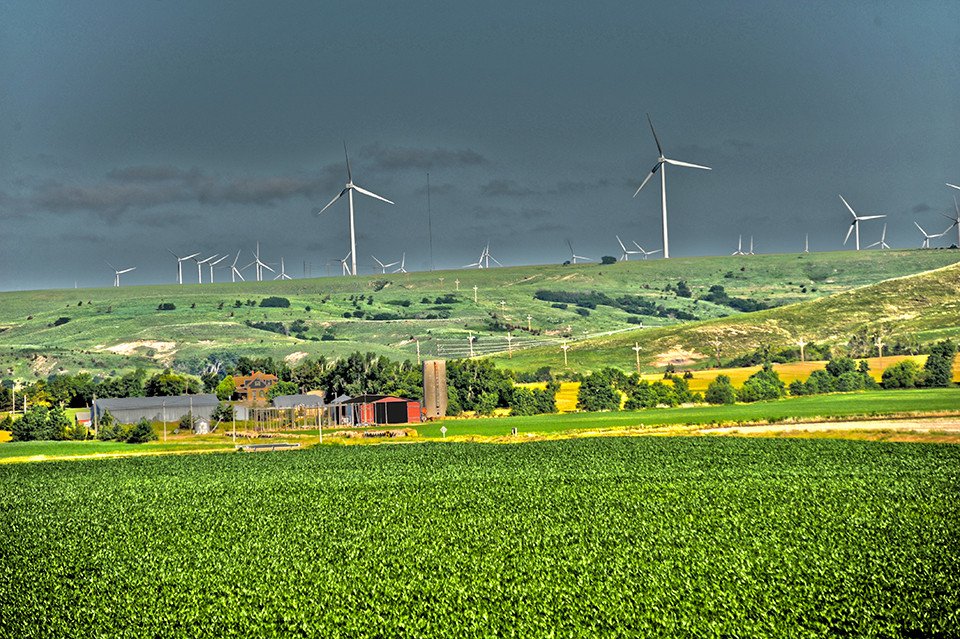
"In Kansas, we have the soils for carbon sequestration, tools for nitrogen management, grasslands for reducing greenhouse gases while maintaining productivity and the land area for energy production," Rice said. "In essence, we have the potential for regenerative agriculture with integrated crop and livestock systems that achieve the goals of sustainability, efficiency and profitability."
Greenhouse gases — also known as GHGs — are gases in the earth's atmosphere that trap heat and are thought to contribute to global warming and climate change.
The report, Potential for U.S. Agriculture to Be Greenhouse Gas Negative, was commissioned by U.S. Farmers and Ranchers in Action, or USFRA, and authored by 26 independent scientists from across the U.S. The report was peer-reviewed by the National Academy of Sciences and published by CAST.
Rice is one of three lead authors, along with Marty Matlock, a professor of biological and agricultural engineering at the University of Arkansas, and Jerry Hatfield, a recently retired expert in agricultural climatology with the U.S. Department of Agriculture.
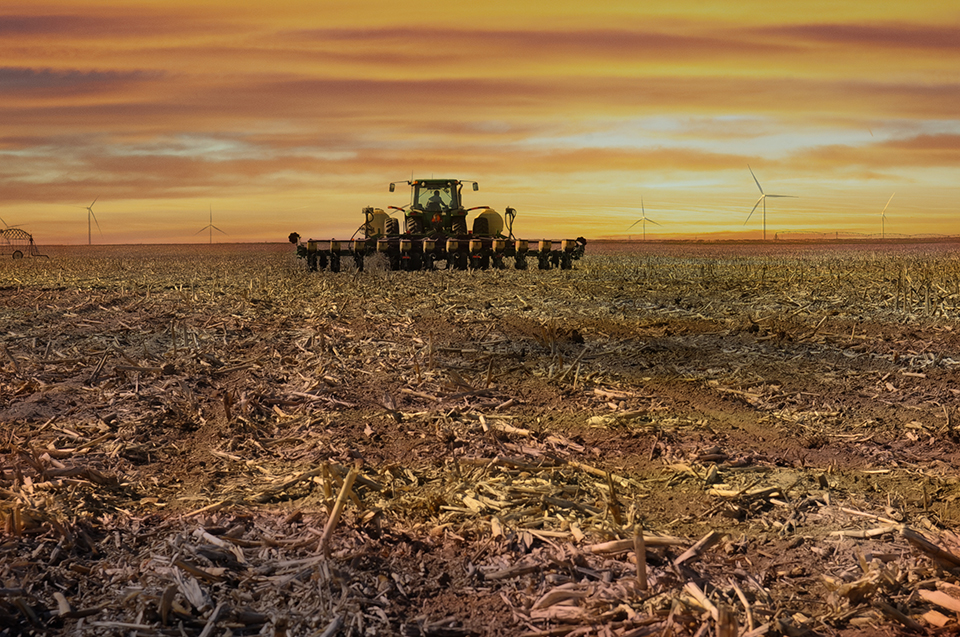 No-till farming is a method of growing crops without disturbing the soil through tillage. Above, a Kansas farmer plants seeds while stubble from a previous harvest remains in the field. | Download this photo.
No-till farming is a method of growing crops without disturbing the soil through tillage. Above, a Kansas farmer plants seeds while stubble from a previous harvest remains in the field. | Download this photo.
"This particular effort started in 2018 at a farm in Maryland organized by U.S Farmers and Ranchers in Action, where we discussed the need for U.S. agriculture to be greenhouse gas negative," Rice said. "However, one of the passions I've had my entire 36-year career at K-State is to design agricultural systems to be more climate resilient and nutrient, energy and water efficient.
"What is unique about this report," he added, "is that it identifies several strategies within the current agricultural system. It is a systems approach based on the practices that a producer does every day."
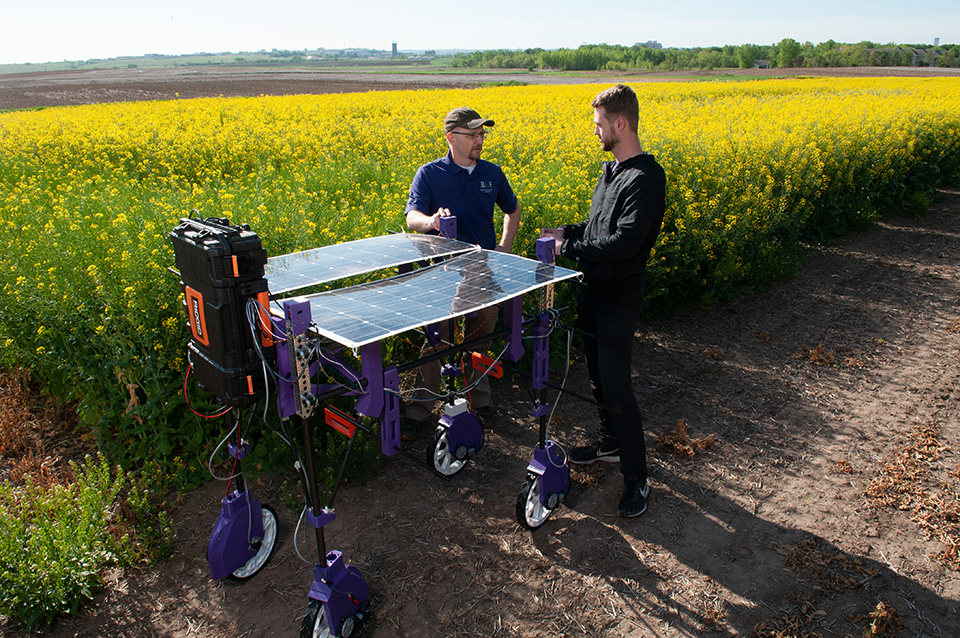 Dan Flippo, assistant professor in K-State’s department of biological and agricultural engineering, and master's student Calvin Dahms work with mesh robotic technology that uses a large, electro-magnetic sensor to measure soil properties in wheat fields. | Download this photo.
Dan Flippo, assistant professor in K-State’s department of biological and agricultural engineering, and master's student Calvin Dahms work with mesh robotic technology that uses a large, electro-magnetic sensor to measure soil properties in wheat fields. | Download this photo.
Report identifies varied approaches for climate-smart agriculture
The USFRA report outlines five opportunities for U.S. agriculture to become greenhouse gas negative:
• Conservation practices that sequester carbon can enhance soil health and boost crop productivity and resilience.
• Technologies can help optimize nitrogen use, minimizing its environmental impact while reducing fertilizer costs.
• Sustainable approaches to livestock farming promote animal welfare, reduce GHG emissions and maintain profitability.
• Production efficiencies bridge the gap between current and potential crop yields, ensuring efficient use of resources and increased food production.
• Natural and renewable energy sources that reduce reliance on fossil fuels shrink agriculture's carbon footprint.
"The report covers all aspects of agriculture, range management, cropping systems and animal agriculture," Rice said. "The research and implementation for animal agriculture is the area of greatest need. Improved diets and manure management are opportunities."
"In Kansas, we have the soils for carbon sequestration, tools for nitrogen management, grasslands for reducing greenhouse gases while maintaining productivity and the land area for energy production."
He added that precision conservation may be one of the most challenging areas for producers.
"Precision conservation requires an understanding of the field's productivity and changing those areas of the field that are unproductive for other uses, such as perennials for forage, biofuel or pollinator habitats," Rice said. "This requires access to data and the use of precision agriculture."
The USFRA report is timely for Kansas producers, who continue to deal with increasingly more weather extremes — heat and drought in particular.
"This report identifies opportunities for producers to be more efficient, and it could potentially provide new income streams in their operations," Rice said. "Soil carbon sequestration improves soil health. Precision nitrogen management decreases nitrogen cost for production as well as the nitrogen benefits. Farms in Kansas have the opportunity to be energy self-sufficient."
Kansas farmers have 'massive opportunity' for green production
Romulo Lollato, K-State associate professor of agronomy and co-author of the report's chapter on crop production, said that the research involved in the report "shows that Kansas farmers have a massive opportunity for large yield gains with limited increases in the environmental footprint."
"Within the opportunities reviewed in the report, narrowing current crop yield gaps — the difference between current farmer yield and their yield potential — with practices that drive large yield increases and promote little to no increase in global warming, rises as an important way to increase food production while being environmentally conscious," Lollato said.
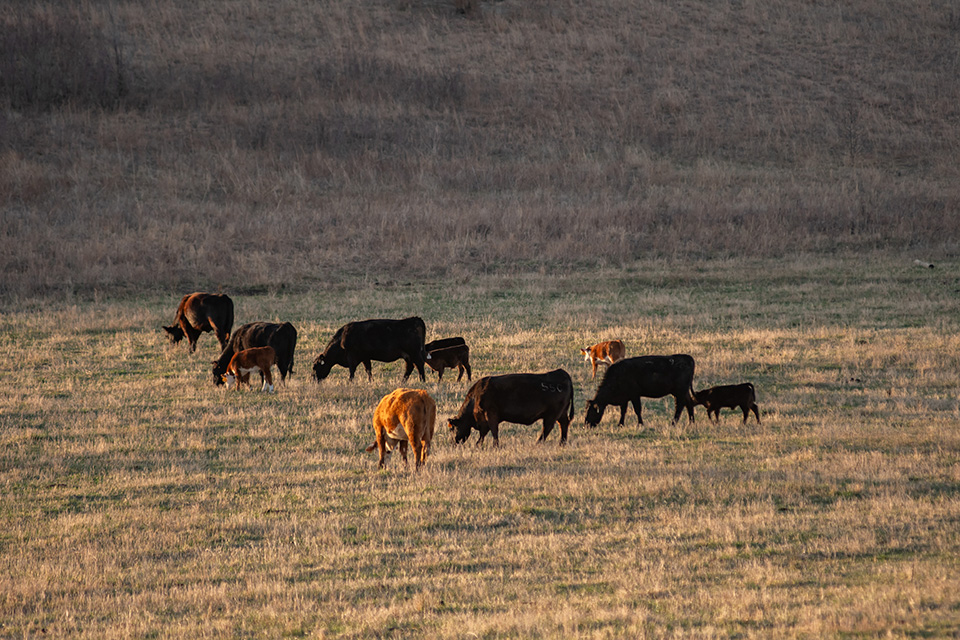
Logan Thompson, a sustainable grazing specialist in K-State's animal sciences and industry department, was also a co-author of the report. Thompson contributed to a chapter covering animal production and management.
In addition to implementing on-farm practices, Rice said U.S. researchers need to continue providing data that informs the nation's agriculture sector.
"We are not talking about research for the next 30 years," he said. "We are talking about research in the next five years to increase technical assistance and adoption. Part of the research that is needed includes systems-level research that integrates soil carbon management, nitrogen management, energy management and precision conservation."
More information about the effort is available online from U.S. Farmers and Ranchers in Action and the Council for Agriculture Science and Technology.
